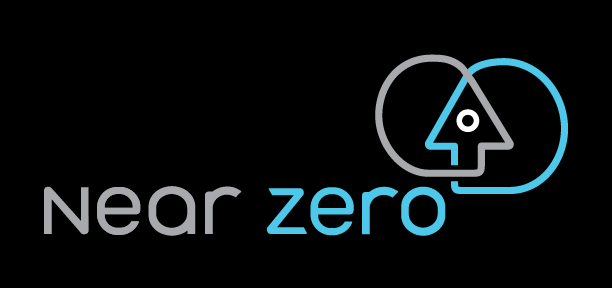Tracking banking in the Western Climate Initiative cap-and-trade program
The Western Climate Initiative is a multilateral cap-and-trade program in California and Québec. The California climate regulator has called for cap-and-trade to deliver nearly half of the emission reductions needed to achieve the state’s legally binding limit on greenhouse gas emissions in 2030, making the program the single biggest driver of the state’s post-2020 policy portfolio.
However, the program’s supply of compliance instruments has persistently exceeded emissions subject to the program—a condition known as overallocation, which independent studies have projected may continue into the mid-2020s. If market participants purchase and bank excess compliance instruments for future use, they may be able to comply with the program’s regulations while nevertheless emitting significantly in excess of the state’s legally binding 2030 limit.
Here, we present methods for tracking observed banking behavior on both an annual and multi-year compliance period basis. By the end of 2018, market participants had already acquired more unused compliance instruments than the regulator anticipated for 2020. The size of the private bank is now comparable to the cumulative mitigation expected from the program over the period 2021 through 2030, raising questions about the program’s ability to achieve its expected reductions.
Beyond diagnosing market conditions, banking metrics can also help policymakers design dynamic program reforms that increase program stringency conditional on observed market behavior deviating from expectations.
Download the open-access published article and supplemental information from the Environmental Research Letters website.
published in Environmental Research Letters
Danny Cullenward *†§, Mason Inman *, and Michael Mastrandrea *†
* Near Zero
† Carnegie Institution for Science, Department of Global Ecology
§ Stanford Law School
